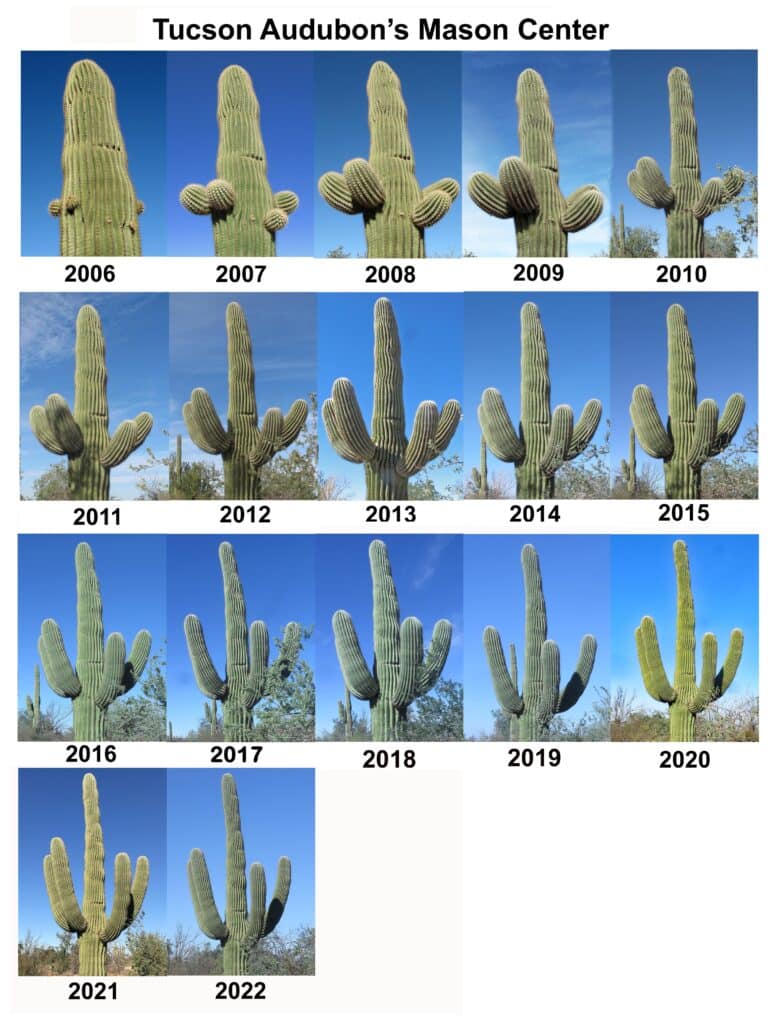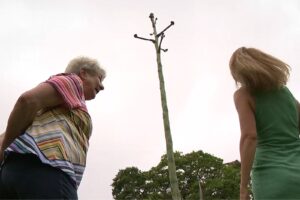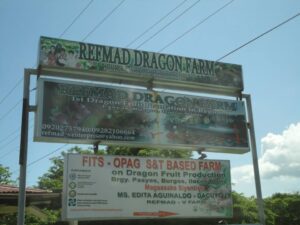Saguaro cacti (Carnegiea gigantea) are iconic symbols of the American Southwest, particularly the Sonoran Desert. Known for their towering heights and distinctive arms that emerge from their cylindrical bodies, these cacti captivate the imagination of nature enthusiasts and casual observers alike. However, one of the paramount concerns for those considering cultivation or conservation of saguaro cacti is their growth rate. Understanding how fast a saguaro grows is pivotal for ecological restoration, landscaping, or simply nurturing these magnificent plants in a garden setting.
In evaluating the growth rate of a saguaro cactus, several factors come into play, including age, environmental conditions, and genetics. Typically, the saguaro can take several decades to grow to a significant height. With average growth rates fluctuating, some cacti may reach maturity faster under optimal conditions, while others may take their time. This article delves into the intricacies of saguaro growth rates, exploring stages of development, influencing factors, and implications for cultivation.
Growth Stages: Understanding the Lifecycle of a Saguaro
The growth of a saguaro cactus can be divided into distinct stages, each marked by unique characteristics and varying growth rates.
Seed Germination and Early Growth
The life of a saguaro begins with a tiny seed, approximately the size of a pinhead. Seed germination is highly dependent on environmental factors such as temperature, moisture, and nutrient availability. Optimal germination typically occurs after the onset of the rainy season, when temperatures are warm enough and the soil is moist. After germination, the seedlings exhibit a slow growth rate, often remaining less than an inch tall in their first few years. During this initial stage, the cactus focuses on establishing a robust root system, which is crucial for water intake.
Juvenile Phase
As saguaro seedlings grow into juveniles, the growth rate gradually accelerates. This phase can span from approximately five to ten years. During this time, saguaros gain a few inches each year, eventually reaching heights of around one to three feet. However, it’s important to note that this period is still characterized by vulnerability; young saguaros face threats from herbivorous animals, extreme weather conditions, and competition for resources.
Adult Growth and Maturity
Once a saguaro reaches maturity, the growth rate continues to fluctuate based on environmental conditions. Typically, saguaros can measure between 30 to 50 feet when fully grown, which can take anywhere from 50 to over 100 years. Interestingly, the rate at which a saguaro adds new arms is relatively slow. Most saguaros begin to develop their iconic arms after they reach around 50 years of age, and a fully mature cactus may feature multiple arms, enhancing its grandeur.
Factors Influencing Growth Rates: The Ecological Context
Multiple factors render themselves influential over the growth rates of saguaro cacti. Recognizing these can provide insight into effective cultivation practices and conservation efforts.
Soil Composition and Water Availability
Soil quality plays a crucial role in saguaro growth. Cacti thrive best in well-draining sandy or gravelly soils that enable quick drainage. Excess moisture, conversely, can lead to root rot and inhibit growth. Adequate water availability is another vital aspect. The Sonoran Desert experiences seasonal rainfall, and saguaros are adapted to store water during droughts. A saguaro can absorb large amounts of water during rare rainfall events, allowing it to undergo prolonged periods of drought. Over time, however, soil degradation can impede growth as nutrients become depleted.
Temperature and Sunlight Exposure
Saguaro cacti flourish in warm temperatures commonly found in desert environments. They require ample sunlight for photosynthesis, which is critical for their growth and energy production. However, extreme temperatures—both hot and cold—can negatively impact growth rates. Southeastern exposure to sunlight is often considered optimal, ensuring that saguaros receive the necessary light throughout the day.
Pest Influences and Diseases
Like all plants, saguaros are susceptible to pests and diseases. Infestations from scale insects, cochineal bugs, or wood-boring beetles can hinder growth if left unchecked. Regular monitoring and appropriate management are vital to ensure healthy development and longevity of saguaro cacti.
Significance of Growth Rates in Conservation and Landscaping
Understanding the growth rates of saguaro cacti is fundamental not only for potential growers but also for ecological conservation efforts. Rehabilitation projects in desert ecosystems often rely on the sustainable cultivation of saguaros, making knowledge about their growth vital for restoration practices.
Furthermore, for landscapers and homeowners, the growth rate of saguaro cacti plays a crucial role in planning and designing desert landscapes. Selecting younger saguaros can be a practical approach to landscaping when considering space and aesthetics. It’s important to note that while these cacti can survive in arid conditions, they still require thoughtful placement and care to flourish in residential settings.
In conclusion, the awe-inspiring saguaro cactus grows at a gradual pace, influenced by environmental conditions and age. Understanding their growth phases and the factors affecting them can aid in effective cultivation and conservation strategies. Whether as a prominent feature in a desert landscape or a key player in an ecological restoration initiative, saguaro cacti continue to be a testament to the resilience of nature in the arid Southwest.





Leave a Comment